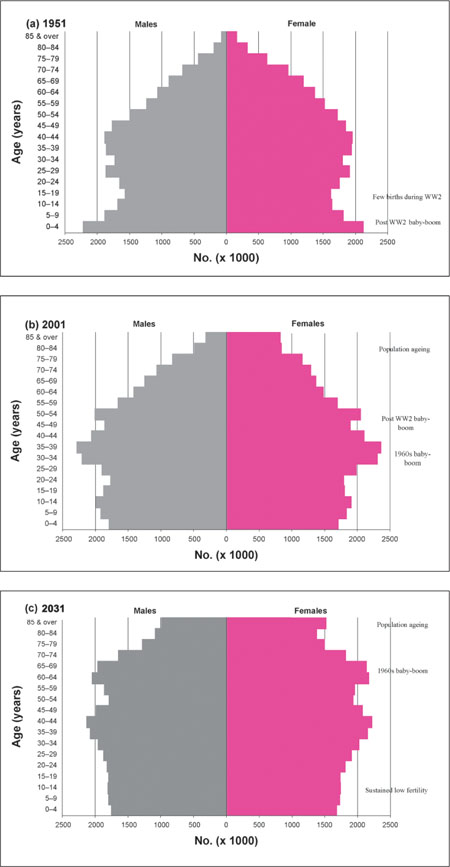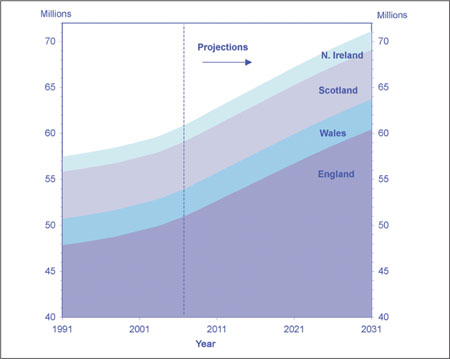Chapter 1
Putting the patient first
Changing society: moving with the times
Jenny Gallagher
Aim
The aim of this chapter is to outline how and why society is changing, examine trends in oral health and discuss the implications of both for contemporary healthcare and health professionals.
Outcome
Having read this chapter, readers should have a greater understanding of the challenges of providing healthcare in modern society and have considered how oral healthcare professionals should respond to changing times.
Introduction
The world is in a period of intense change. Those in contemporary industrial societies are surrounded by a myriad of ‘choices’, which can be bewildering. We are bombarded with advertising about the latest fashions, food and lifestyle accompaniments so that we can keep up to date in terms of what we wear, do, think and act. Whatever our background, our lifestyles are very different from those of our parents, let alone our grandparents. There are greater opportunities for making and keeping contact with others through modern telecommunications, yet more people than ever live on their own, disconnected from their family networks. Thus paradoxically at one level, the world seems more ‘connected’ through the internet and population movement, but at another level is can be fragmented and lonely. Change is one of the constants of modern-day living.
Changing society
The values of society
Sociologists comment on the changes in the structure and nature of society and its values. The values important for guiding us through the complexity of life are strongly influenced by the prevailing culture. The ‘wants’ of individuals are constantly escalating, driven by advertising and what others have. Consequently, we find ourselves living in an increasingly ‘individualistic’ and ‘commercialised’ society.
Sociologists suggest that we have never had it so good or lived so long; however, major inequalities exist. One of the impacts of these changes is that we are faced with a range of choices and we have to make many, varied decisions about our lifestyle. Therefore, developing personal values is very important to help navigate life in present-day society.
Health professionals complain that they are increasingly bombarded with information and choice. There are pressures to use new materials, develop new skills and adopt new techniques and systems as they endeavour to keep up to date professionally. Patients are becoming more knowledgeable. Both patients and health systems are becoming more demanding and health professionals are required to be more accountable for what they do. Workforce roles in the dental team are expanding and health systems are reforming around the world. Standing back and reflecting on society can help the healthcare professional to manage the daily challenges of professional life.
This chapter draws on public health and behavioral and social sciences, which includes the study of society and how it functions, and the study of behavior and experience. The implications for healthcare are examined in the course of the chapter. Finally, it examines how we as health professionals should respond to changing times.
Demography
The population of high-income countries has changed dramatically over the past 100 or so years; overall the birth rate has reduced but people are living longer and the population is growing in size. A very clear visual demonstration of this dramatic change in the UK population is shown in Fig 1-1. As shown in Fig 1-2, the rate of change is set to increase and population growth is anticipated to increase more rapidly than expected because of longevity, rising immigration and higher birth rates amongst immigrant families. Assessments of social diversity, based on social class, income and education, suggest that the gap between the most affluent and the poorest in society is increasing. Furthermore, societies are becoming more multicultural, a fact that is very apparent in many large urban areas, but is not exclusive to such areas. Hence, populations are increasingly characterised by age and ethnic diversity. If a dental practice is located in an area in which there are a lot of young people, then it is likely that the patient base will involve many families. Dental practices in areas where people retire will have many older people as patients. If this link between the patient demographics and the local demographics is not apparent, then the dental team may wish to consider if it is serving the local community and whether changes are necessary to enable it to do so. Each section of the community will have particular oral health needs and expectations, cultural needs in the way care is provided and different barriers to accessing care.

Fig 1-1 UK Population structure by age and sex in (a) 1951, (b) 2001 and (c) as predicted in 2031. WW2, World War II. (Adapted from the Office for National Statistics, Census 1951 and Census 2001.)

Fig 1-2 National populations in the countries of the UK. Population of the UK is projected to rise to 71 million by 2031. (Reproduced from the Office for National Statistics, 2007.)
Trends in health and illness
In high-income countries, disease patterns and mortality rates have changed. This is associated with improvements in living conditions and healthcare. Together with these changes, there has been a reduction in acute conditions, but an increase in chronic health problems. Death in childhood is now uncommon compared with a century ago. Most people will live into old age and, over time, develop a range of chronic conditions that will require specific management. Internationally, the key general health challenges are associated with cardiovascular disease, cancers, mental and sexual health problems and conditions such as diabetes. However, marked inequalities in health exist according to social, ethnic and sexual demography within and between countries across the world.
Trends in oral health
Patterns of oral health change over time. They also vary between and within countries, as well as across age groups and social groups. In the UK, as in a number of other countries, national oral health surveys play an important role in monitoring oral diseases and conditions. They also examine reported health behaviours and expectations of the population. The data are collected through clinical epidemiological surveys of a random sample of children and adults, plus associated questionnaires or interview. The information from such surveys is important to inform practice and policy relating to dentistry. The broad trends in oral and dental diseases and conditions are examined below. These highlight the different patterns of care required for children and young people, adults and older individuals. Of all the oral conditions addressed by the dental team, dental caries, and its long-term effects, remains the most common. As people live longer, and retain more of their teeth, they have an increased risk of developing caries, together with all the related conditions from gum diseases to toothwear, at some stage in their remaining life.
Impact of oral conditions
Approximately one in five children and one in two adults in industrialized countries report that their oral health impacts on their daily living. Pain and psychological impacts are most common, with a small proportion of adults feeling handicapped and unable to cope with their condition. This demonstrates the importance of good oral health and healthcare for general well-being.
Attitudes to oral health and accessing dental care
Overall, the UK population has positive attitudes towards oral and dental health, as demonstrated by, for example, the desire to retain teeth into old age, parents taking their children for oral healthcare and more regular dental attendance amongst middle-aged adults. It is also reflected in the increasing use of oral hygiene products. Barriers to dental care are well recognised to be fear, cost, fear of cost, lack of perception of need and features of the dental surgery. The latter includes how patients are managed at reception, waiting times and the personalities of the dental professionals. All of these factors can be reduced by good communication skills and patient-centred care.
Dental caries
Recent decades have seen significant reductions in the level of dental caries in high-income populations. Until relatively recently, having tooth decay in such populations was accepted as a fact of life and few adults had not experienced tooth decay or tooth loss. Denture wearing in middle-aged and older people was common. Another change is the pattern of tooth decay; whereas in the past many restorations involved the mesial, occlusal and distal surfaces, perhaps with buccal and lingual extensions, now, they are most likely to affect only the occlusal surface. These changes are largely attributed to fluoride in toothpaste (used by the majority) and, where available, fluoridated water.
Despite improvements in oral health, many children continue to experience tooth decay. Few other diseases are as common in children and young people and it is particularly amongst those living in social deprivation. Improvements in oral health tend to have slowed and/>
Stay updated, free dental videos. Join our Telegram channel

VIDEdental - Online dental courses


